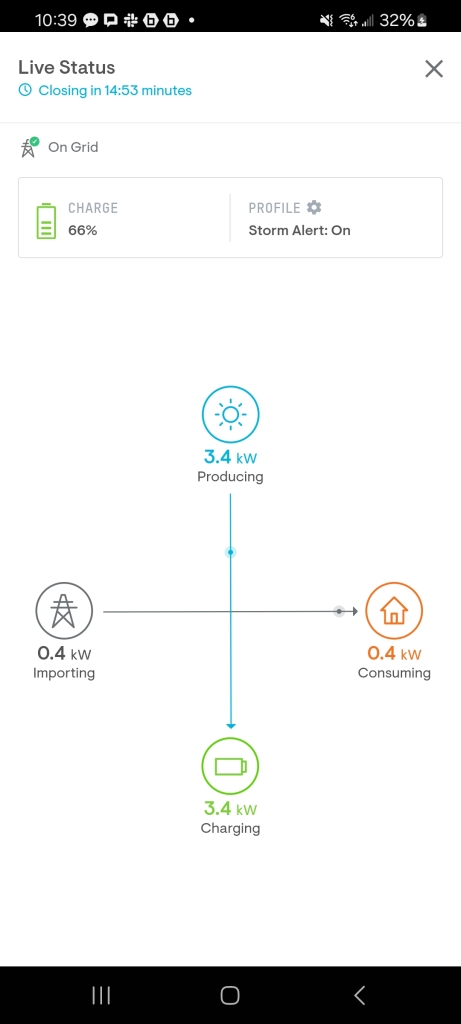
If you remember, last year I put solar in the ground near my home.
This has been a wonderful setup for the last year. I had no bill and could run my pool or A/C as much as I wanted. This has been especially great because it seems that everyone else’s costs are rising. I felt for these people but was encouraged by how well Solar could help.
That was until I got a notice on July 13th from PG&E that they would change my rate.
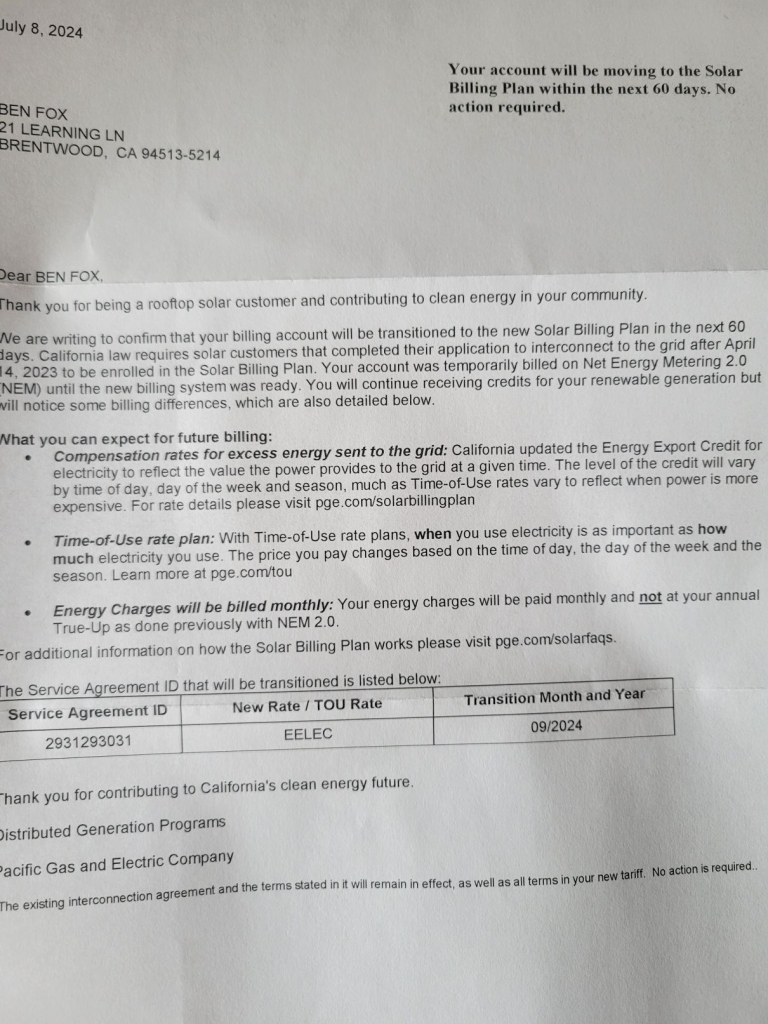
Apparently, they were not ready for my to be billed on NEM 3.0 and let me have NEM 2.0 for 12 months while they figured out their system. I find it hard to believe they let a little thing like billing keep them from charging me more. I think it’s more to delay things and hope people don’t notice.
Now I’m on “solar billing plan” or NEM 3.0. I tried to understand what it meant but PG&E makes it very complicated to understand what is going on.
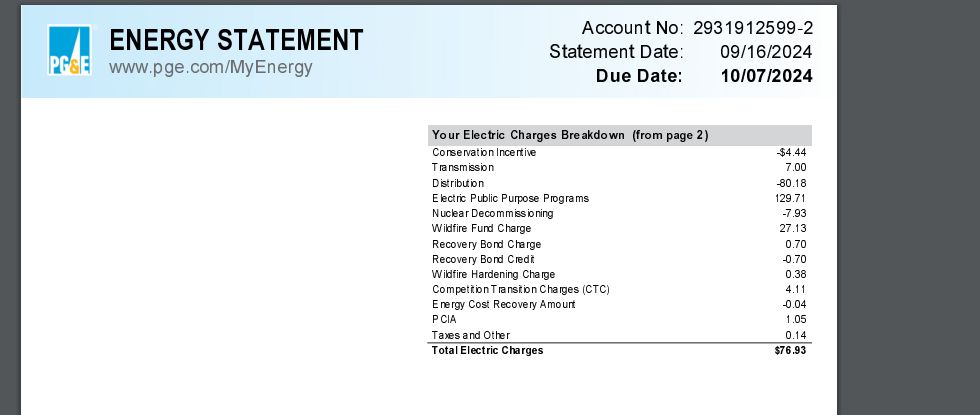
Luckily Tesla provides a much better visual. This one is provided from the “summer” PG&E program
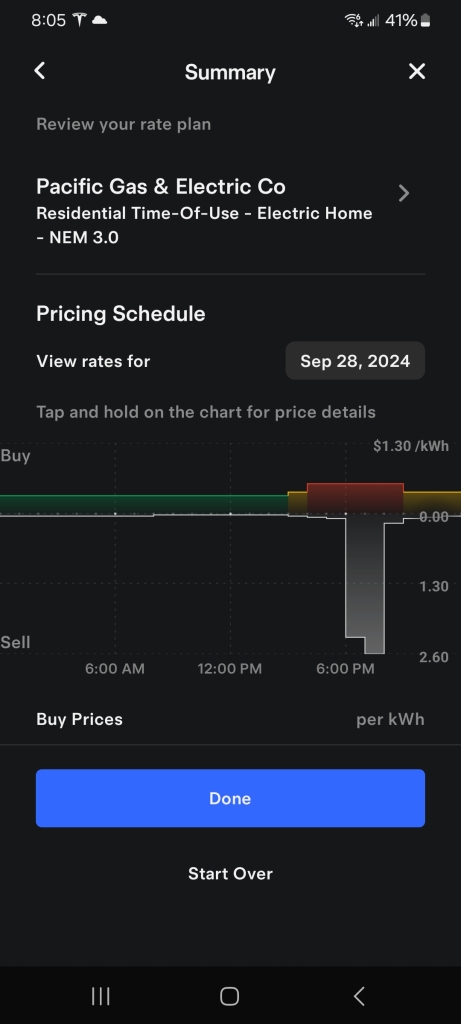
As does Enphase
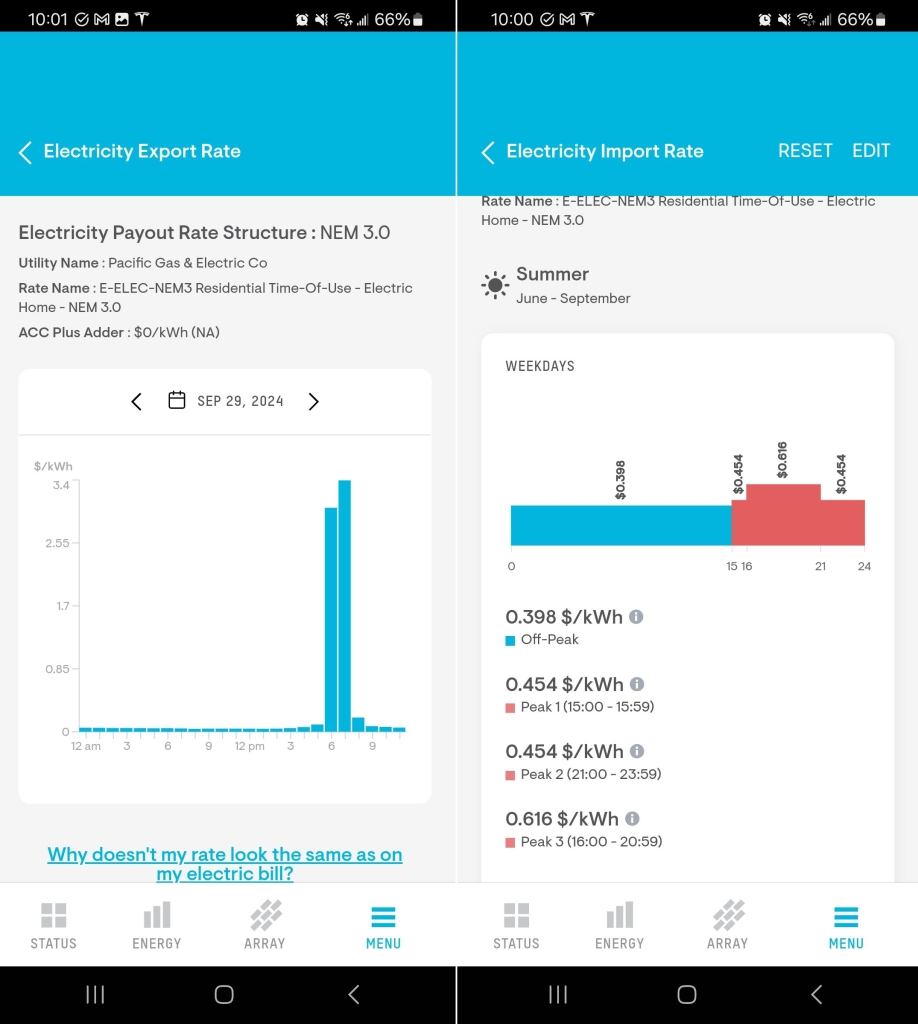
It’s almost like PG&E doesn’t want it to be simply understood…
Equally unusual is that PG&E can redefine the rules. In Aug/Sep you can get over $2-$3 per kilowatt hour you give to PG&E from 6pm-8pm. Otherwise, it’s a nickel. Then in October it changes to a much less valuable way to give energy to PG&E. I do not like how PG&E can change the rules on the day or the hour. But until I have a better setup, I must play their game.
Due to this, I installed a battery that I purchased over 6 months ago. But to make the most of a battery, I also wanted to be backup ready. It didn’t make sense to me to have a battery on my house that couldn’t power my home or my solar, if we lose power from PG&E (which has happened a lot in the 5 years we’ve lived here).
Planning it out
It took me a long time of thinking to figure out the simplest way to do this process. I didn’t want to extend any wires going under my home, but I also wanted my battery to be out of the hot evening sun.
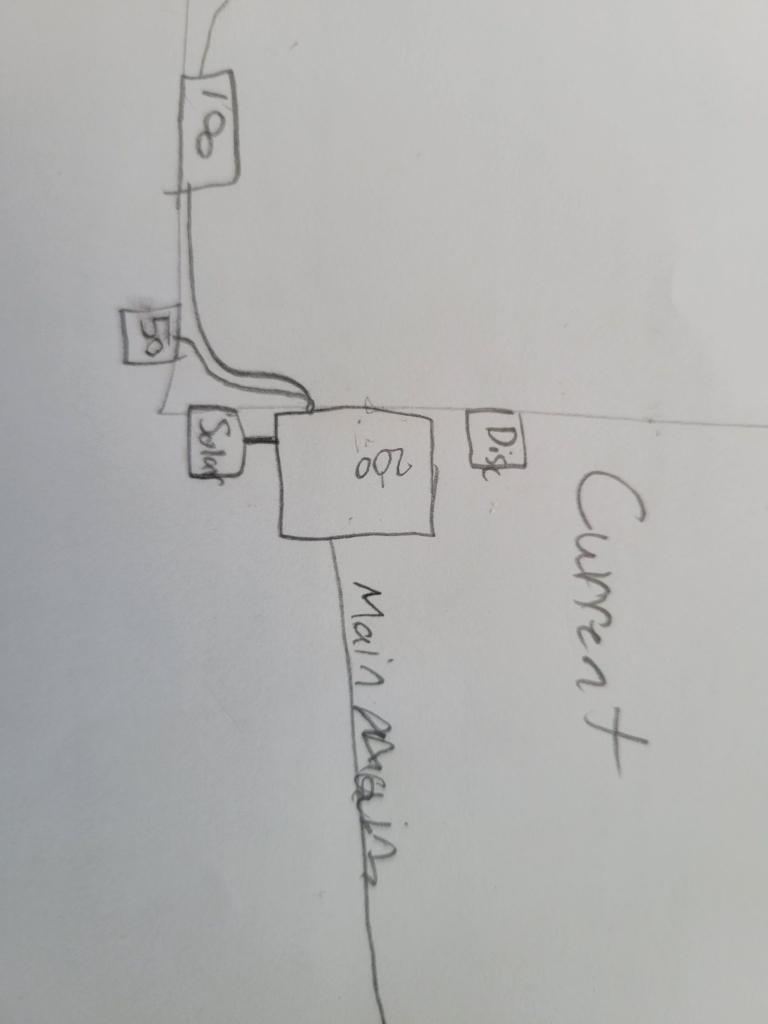
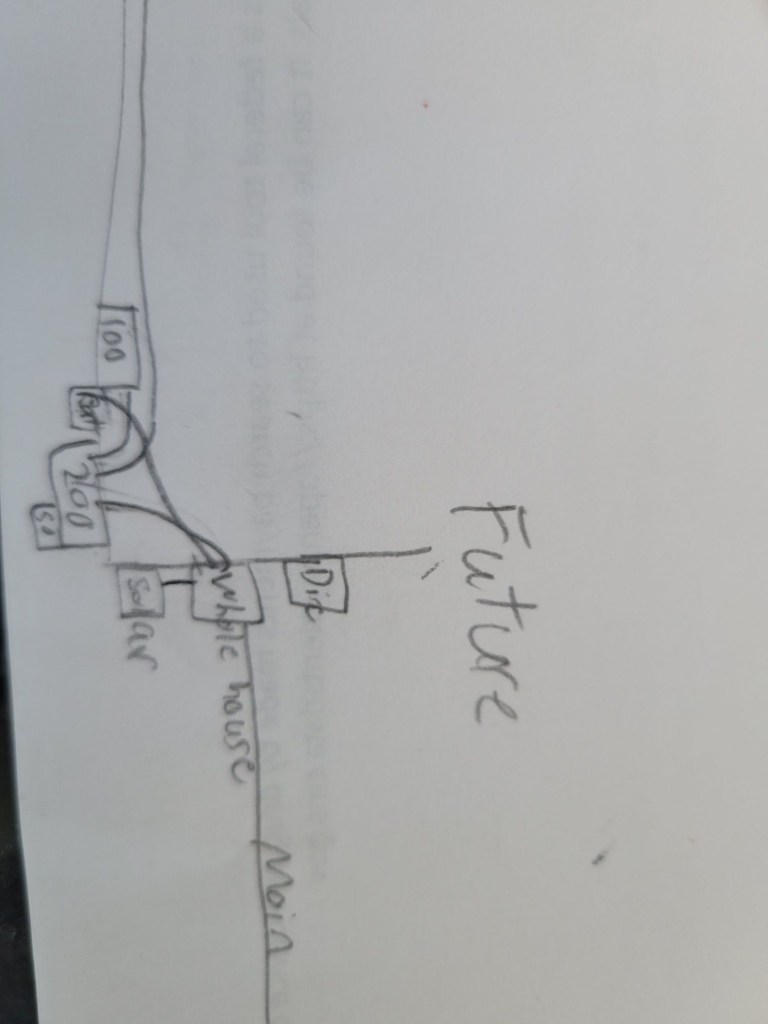
I needed to migrate my panel from one corner of my home to another. If I did this, I could replace my main panel with the Enphase controller. It could be my service entrance, and my main panel could become a 200amp sub panel.
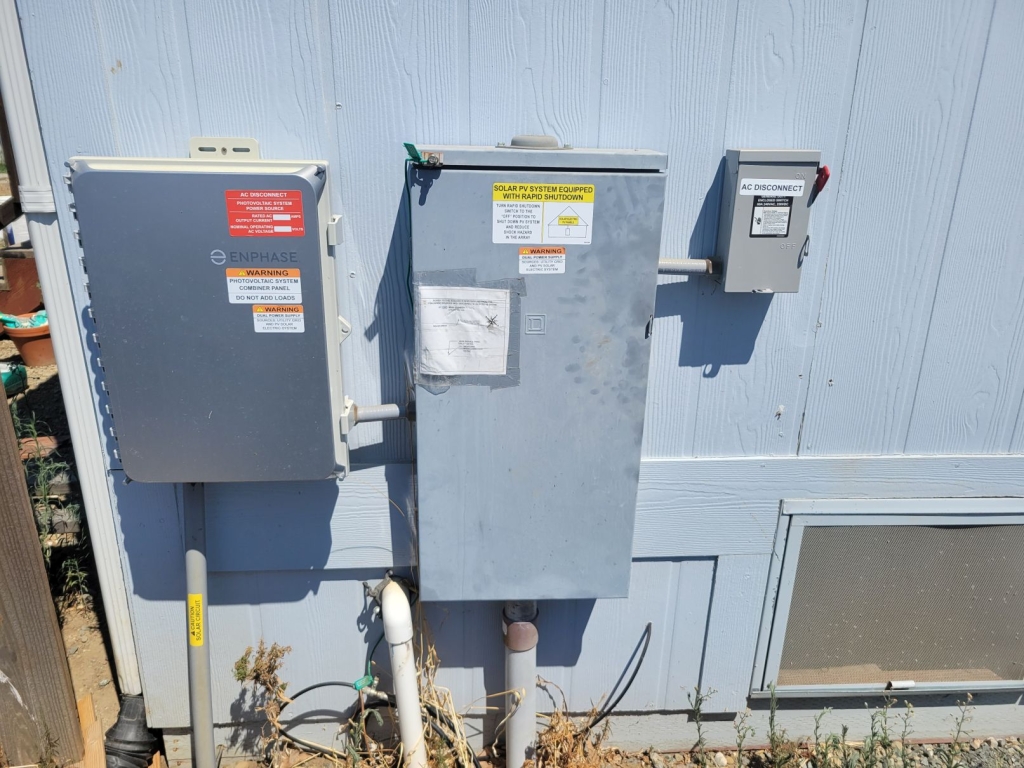
One day should be enough
I took a single day off from work to get this done. I also had help from my friend for several hours during the day. That should be enough right? Hahaha. Sigh
I miscalculated, and the power was off to my home from 9am – 1am. I was working that whole time migrating wires, panels and replacing my solar panel as well.
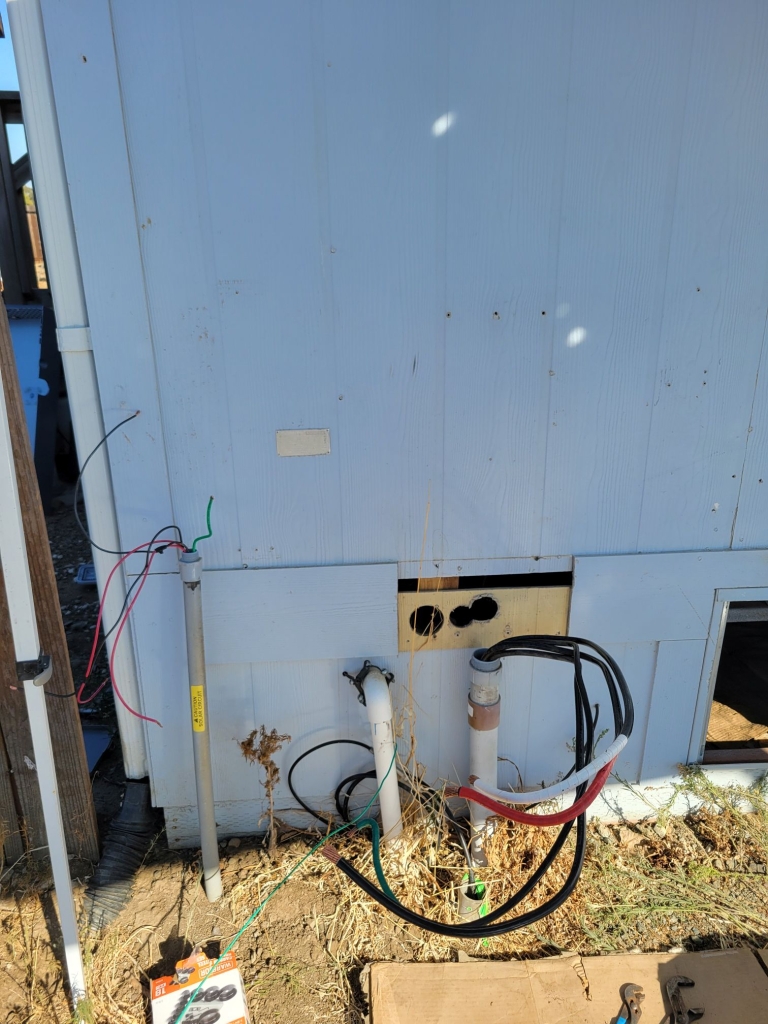
My family handled the power being off all day fairly well. And I am eternally grateful for my friend who helped me get my family’s life back on track.
Two days should be enough
Surely after that long day, I should be able to finish off the rest of this project relatively quickly with another day’s worth of effort. Still not true. I realized after this whole process that solar companies have teams of qualified folks doing this install and that usually isn’t done in a single day either.
Put simply I was changing my whole system from:
IQ combiner 4/4c
To
Adding:
- System Controller 3
- DC emergency shutdown switch
- Enphase 5P battery
Moving:
- Main 200 amp panel with all it’s circuits (3 of them)
- In place replacement of IQ Combiner 4 to IQ Combiner 5
Most of the first day was setup moving the 200amp panel and all of it’s loads to a new location. As well as mounting the System Controller 3 and 5P battery (both weighs over 100 lbs)
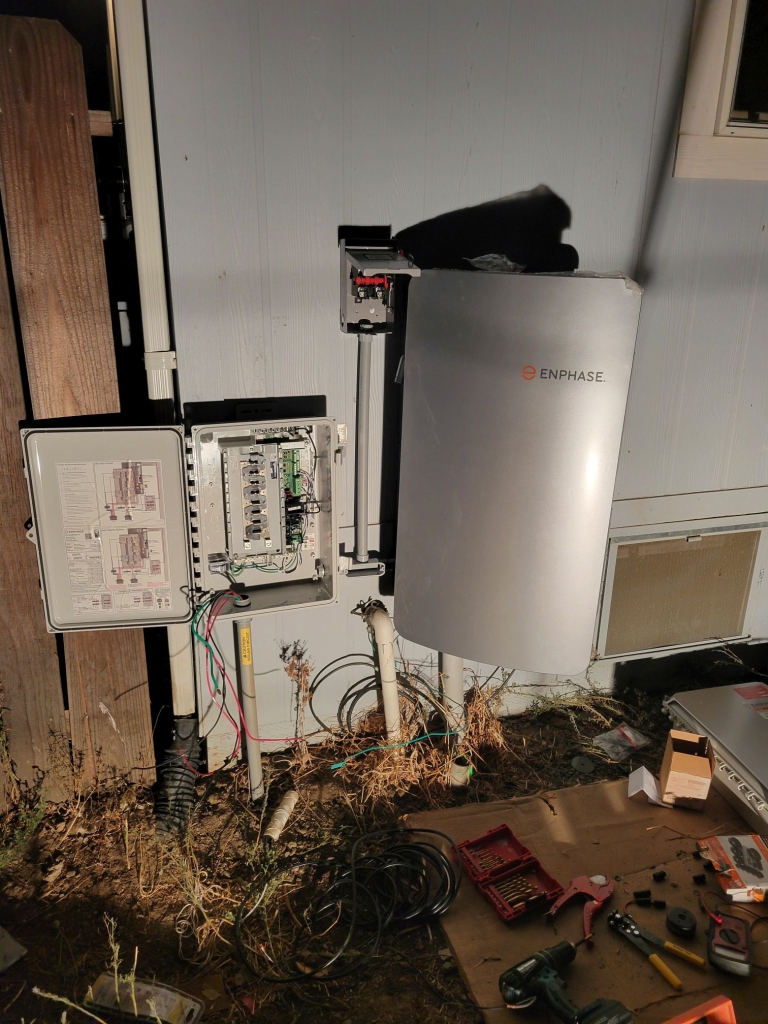
After that tuesday I couldn’t make time till Friday night to work on it again. This time I was up till 2am trying to do all the wiring together. If you look closely at the picture you can tell that ¾” pipe is likely not the easiest pipe to fit all those wires in. But here we are.
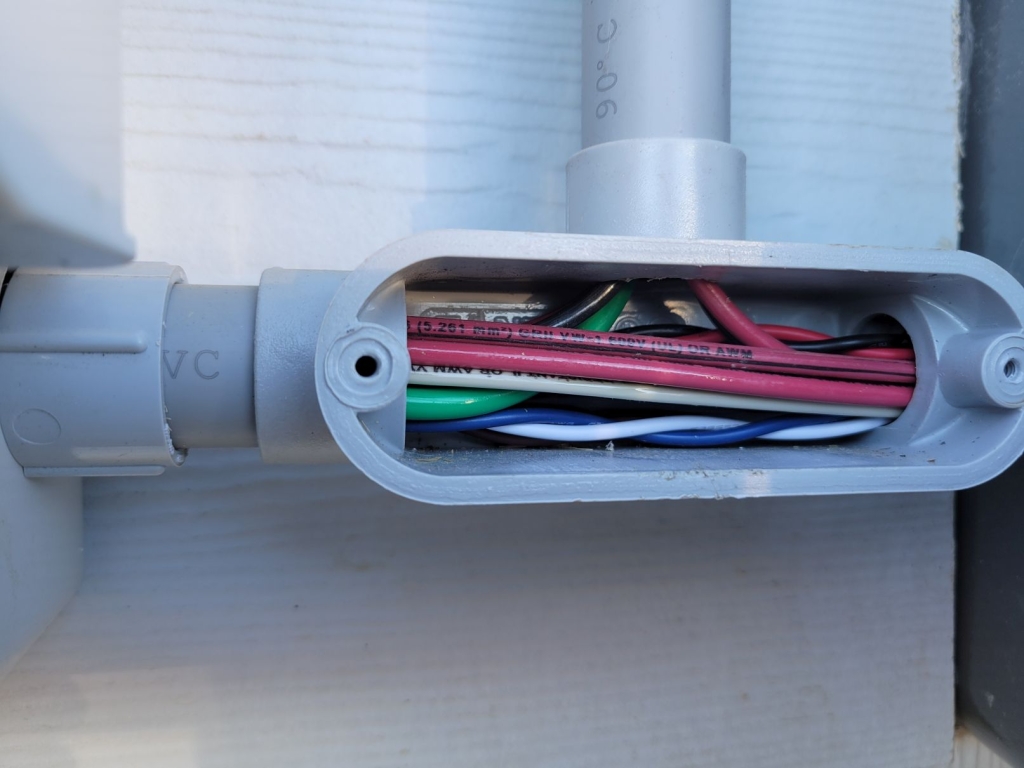
Unfortunately there were still hiccups getting the whole thing up and operational. A DC breaker, forgetting to turn on ac breakers and general understanding how it all goes together. Finally after a week I had it up and running!
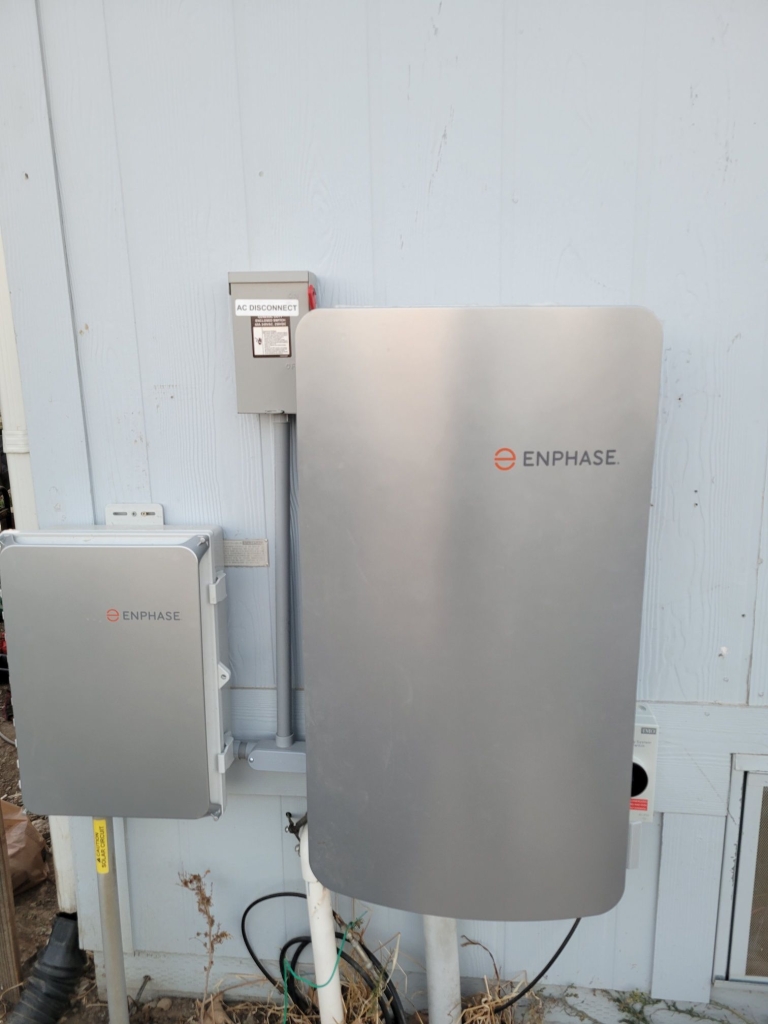
Missing Modem
I did get certified to install this system through Enphase’s university
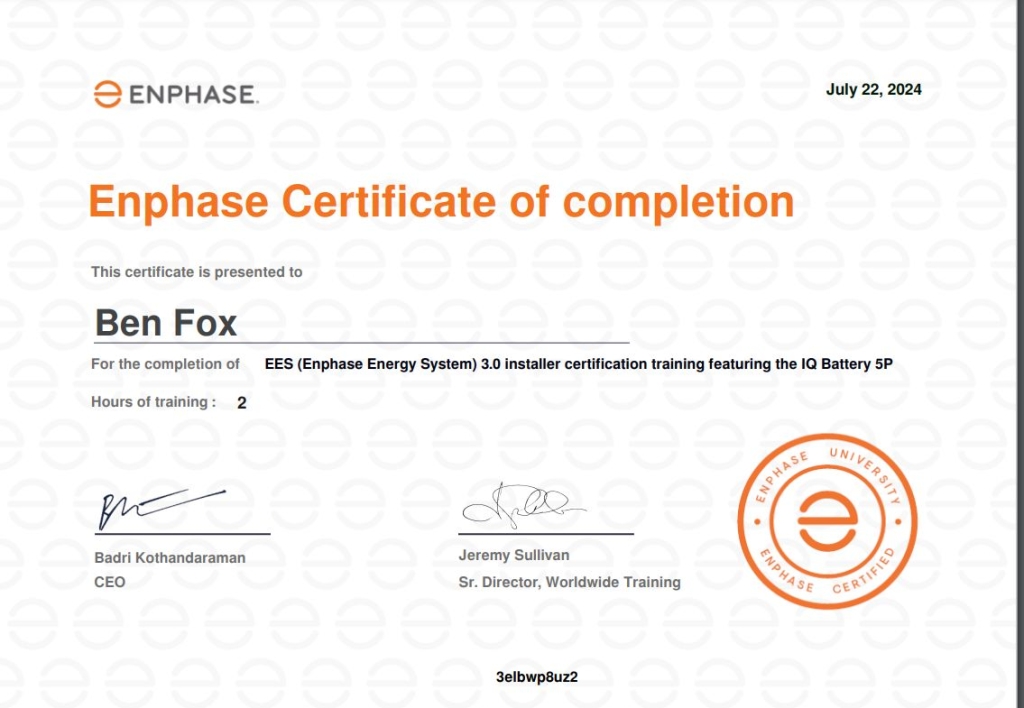
But somewhere in the whole coursework (that I went through a few times and printed off pages) I missed one key component for a back up system to be commissioned. There is a USB modem that is required to commission the system. It can be removed after commissioning but it is necessary at first.
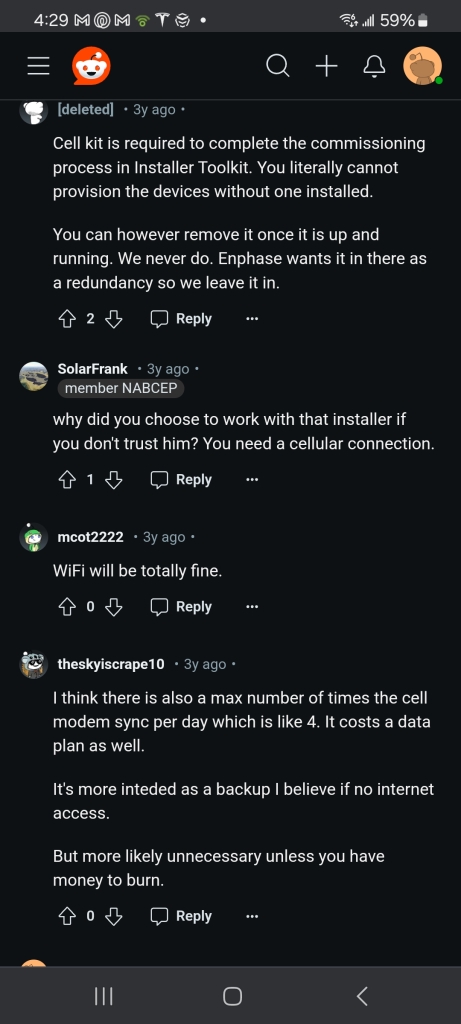
Good news is that there are cheaper versions of it (about $40) instead of Enphase’s ($500)
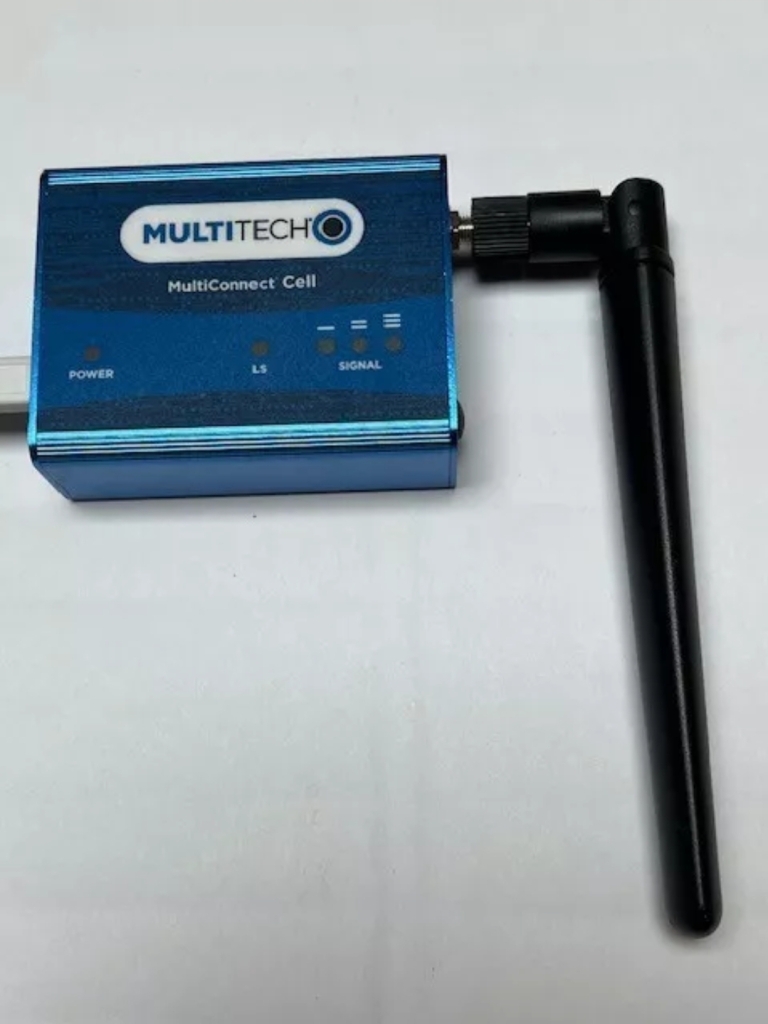
1 final hiccup
I gave it a week before I cleaned up the project and screwed on the dead-fronts on all the panels. After doing so, my consumption CT’s started being weird and dropping off the status page and then coming back on, like a loose connection. I sighed and went back to working on it. I came to find out I had wired my neutral from the combiner to the ground of the Controller, not a big deal, but it did shock me when I touched the breaker panel inside the combiner which was surprising. Just a little 120v shock 🙂
After fixing that wire it was still no good. I then moved the CT’s further in the panel to make sure that the dead front wasn’t pushing on it when it closed. To do this I turned off all the breakers because I didn’t want to get shocked.
The DC disconnect I couldn’t get to switch back to “on”. I assumed it was an electronic lock. I power cycled it many times and still it wouldn’t allow me to electronically lock back on. Come 5pm on a Saturday I gave up and called Enphase support. After a while on hold he said he could help me.
As it turns out it wasn’t an electric lock, was a manual one, that wasn’t seated properly inside the enclosure. So after feeling stupid having this tech support agent hold my hand through the process. I’m finally fully working and safe!
If that was a long read, imagine how it felt doing it for two weeks with a day without power.
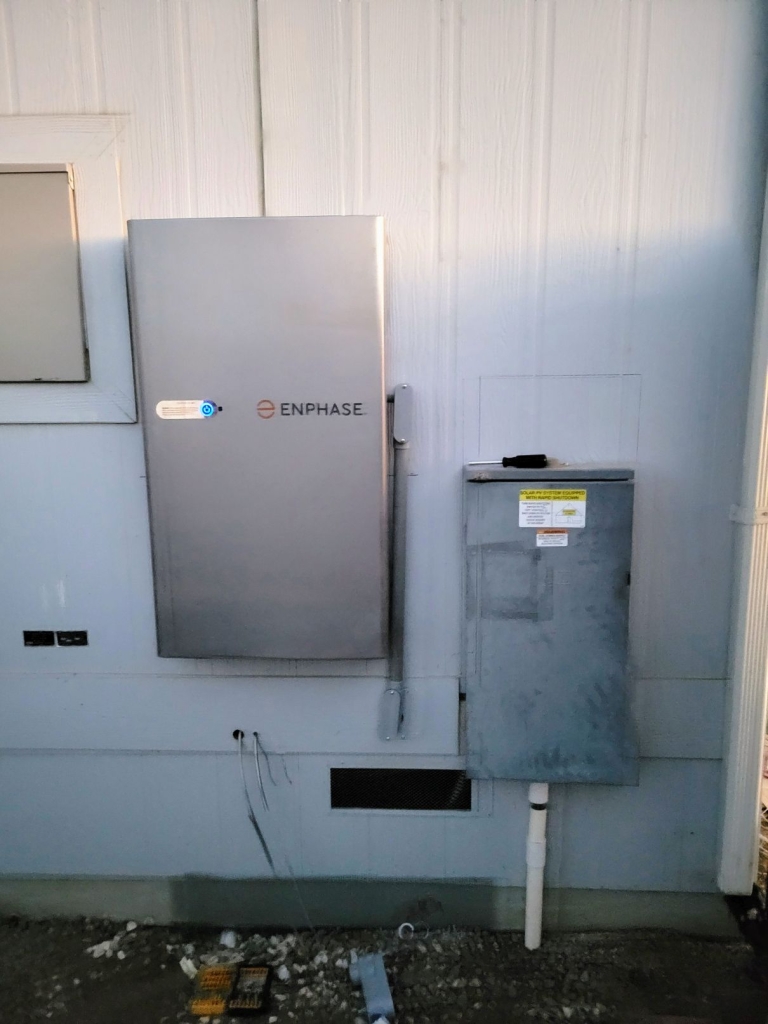

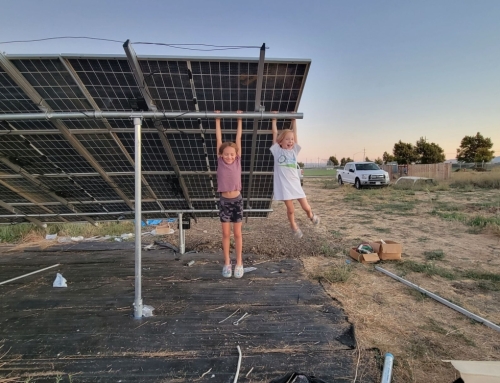
Smart enough to be able to learn. I would have no idea where to start or what sobering meant once I read it.
I find your projects very interesting and think you are one awesome guy to try and accomplish what every you try to do. Ann Rudolph